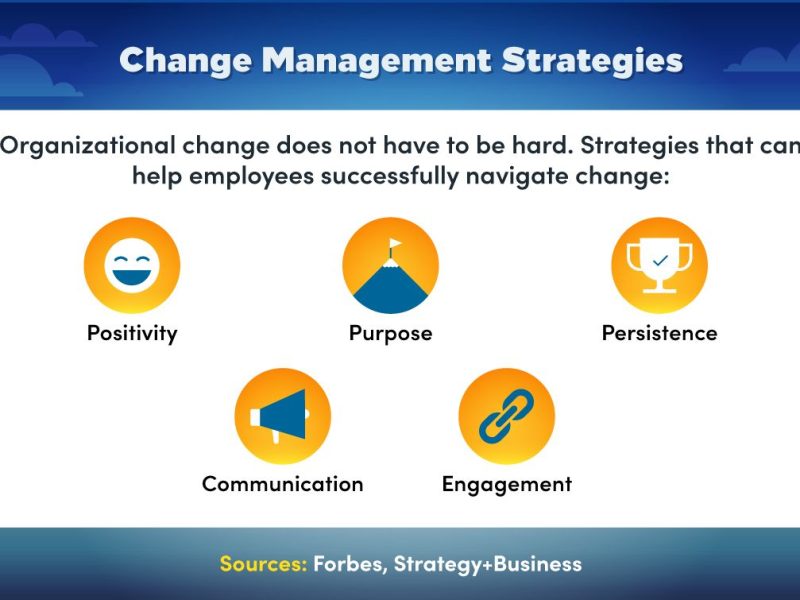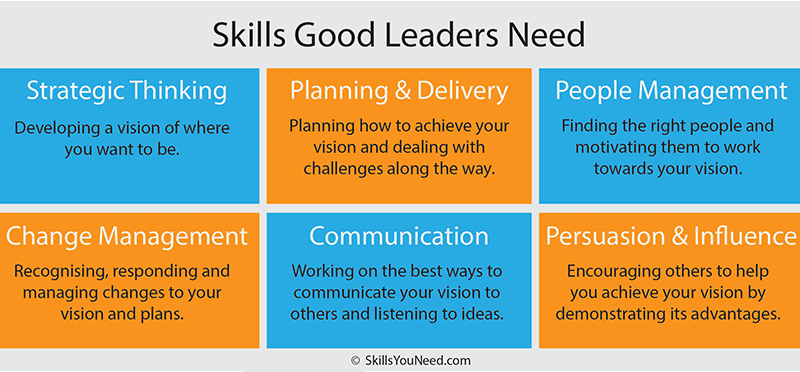In today’s fast-paced digital world, advancements in technology have revolutionized the way businesses operate. One such advancement that has gained significant traction in recent years is the integration of artificial intelligence (AI) and machine learning in business operations. AI and machine learning technologies have the potential to enhance efficiency, productivity, and decision-making processes in a variety of industries. In this article, we will explore the benefits of integrating AI and machine learning in business operations and how businesses can leverage these technologies to gain a competitive edge.
Improving Decision Making with AI and Machine Learning
One of the primary benefits of integrating AI and machine learning in business operations is the ability to improve decision-making processes. These technologies can analyze vast amounts of data in real-time to identify patterns, trends, and insights that human analysts may overlook. By leveraging AI and machine learning algorithms, businesses can make data-driven decisions that are based on accurate and up-to-date information. This ultimately leads to improved efficiency, reduced risk, and better outcomes for the organization.
Enhancing Customer Experience
AI and machine learning technologies can also play a crucial role in enhancing the customer experience. By analyzing customer data and preferences, businesses can personalize their products and services to better meet the needs of their target audience. AI-powered chatbots and virtual assistants can provide real-time support to customers, improving customer satisfaction and loyalty. Additionally, machine learning algorithms can predict customer behavior and preferences, allowing businesses to anticipate their needs and offer relevant recommendations.
Automating Routine Tasks
Another benefit of integrating AI and machine learning in business operations is the ability to automate routine tasks. By delegating repetitive and time-consuming tasks to AI-powered systems, employees can focus on more strategic and creative aspects of their work. This not only improves productivity and efficiency but also reduces the likelihood of human error. AI and machine learning technologies can automate tasks such as data entry, scheduling, and inventory management, saving businesses time and resources.
Optimizing Supply Chain Management
AI and machine learning can also be leveraged to optimize supply chain management processes. By analyzing data from various sources, such as suppliers, inventory levels, and demand forecasts, businesses can better forecast demand, optimize inventory levels, and streamline logistics operations. This results in reduced costs, improved efficiency, and faster delivery times, ultimately enhancing the overall performance of the supply chain.
Challenges and Considerations
While the benefits of integrating AI and machine learning in business operations are numerous, there are also challenges and considerations that businesses must keep in mind. One of the primary challenges is data privacy and security. Businesses must ensure that they have robust data protection measures in place to safeguard sensitive information and comply with regulations such as GDPR. Additionally, businesses must invest in training their employees to use AI and machine learning technologies effectively and ethically.
Conclusion
In conclusion, integrating AI and machine learning in business operations has the potential to transform the way organizations operate and compete in today’s digital landscape. By leveraging these technologies, businesses can improve decision-making processes, enhance customer experience, automate routine tasks, and optimize supply chain management. While there are challenges to overcome, the benefits of integrating AI and machine learning far outweigh the drawbacks. Businesses that embrace these technologies and invest in the necessary resources will be well-positioned to succeed in the increasingly competitive business environment.


